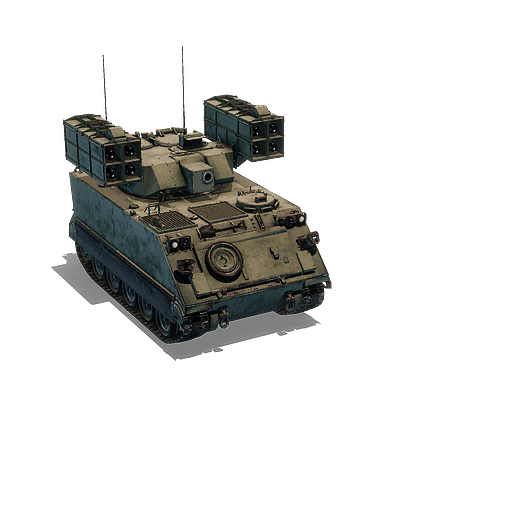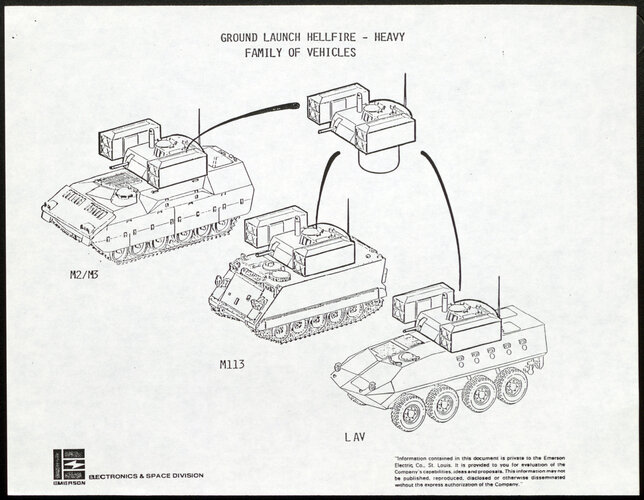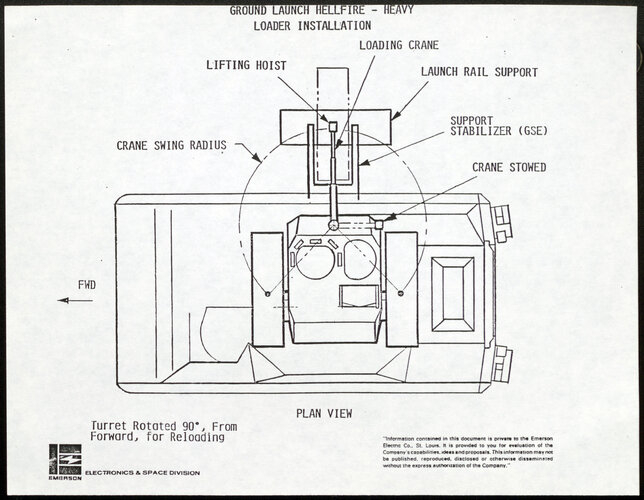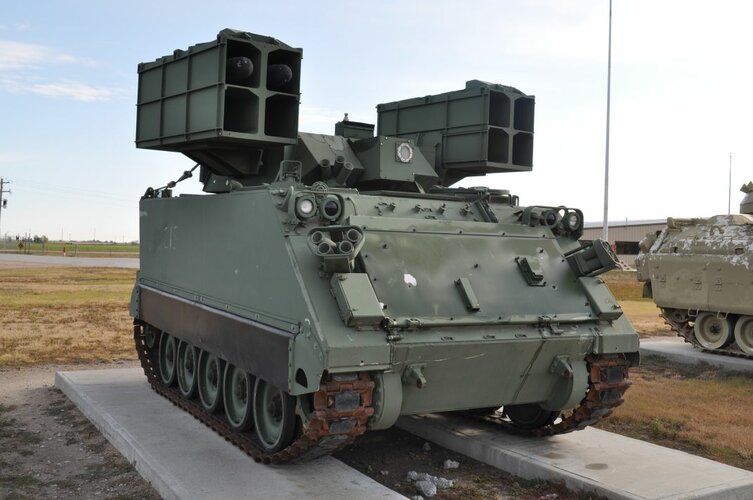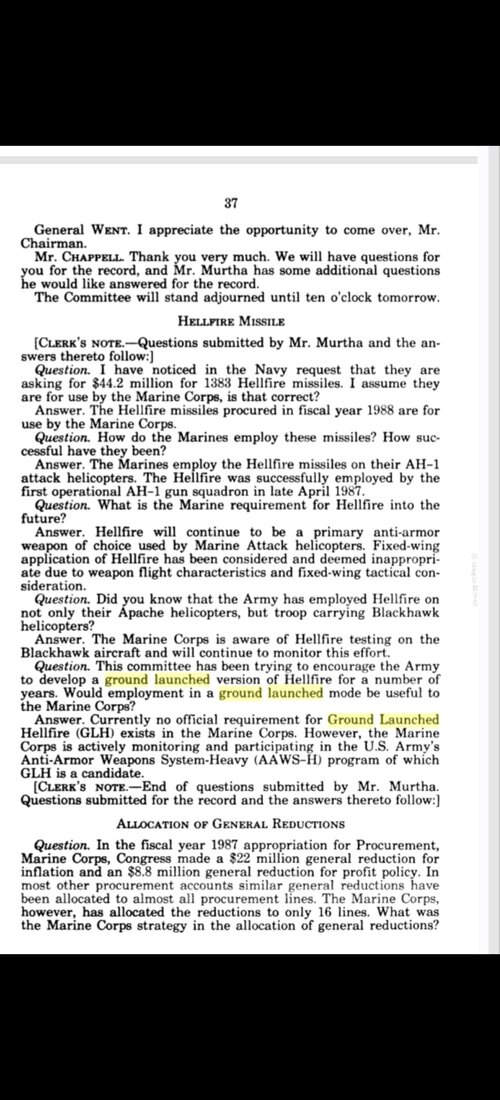lastdingo
Blogger http://defense-and-freedom.blogspot.de/
Hat tip to tank-net.org:
Prototype Hellfire Missile Launcher
This vehicle is a prototype (Serial no. 1) of a proposed ground launch system for the Hellfire missile. It was manufactured in 1989. HELLFIRE is a family of missiles designed primarily to be launched from attack helicopters. This M 113 Armored Personnel Carrier was modified to carry a laser designated and launch system operated by a two man crew. The missile is designed to home on a laser illuminated target. As long as the target is illuminated the missile will hit the target. The launch team can search for another target as soon as the missile is launched. This vehicle could carry eight missiles and would be a formidable battlefield weapon. The concept was not developed so this is the only vehicle of it's type. The HELLFIRE however may replace the TOW missile on Bradley Fighting Vehicles.
Last edited by a moderator:

